|
Astrophotography
|
|
| Mosfet | Date: Monday, 30.05.2016, 23:56 | Message # 571 |
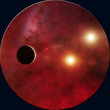 World Builder
Group: Users
 Italy
Italy
Messages: 754
Status: Offline
| Me too. And the mirror of my small reflector is not reflecting anything anymore.
"Time is illusion. Lunchtime doubly so."
Douglas N. Adams
My mods
Asus x555ub: cpu i5-6200u - ram 4gb - gpu nvidia geforce 940m 2gb vram
|
| |
| |
| midtskogen | Date: Tuesday, 14.06.2016, 20:59 | Message # 572 |
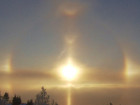 Star Engineer
Group: Users
 Norway
Norway
Messages: 1674
Status: Offline
| It's difficult to catch meteors in Norway these days, even fairly big fireballs, but at the southernmost tip of Norway, at 58N, the sky gets fairly dark around midnight, sufficiently dark for the planets and perhaps a few stars to become visible. Last night this 5 second fireball appeared, photographed from Kristiansand at 58N close to true midnight:
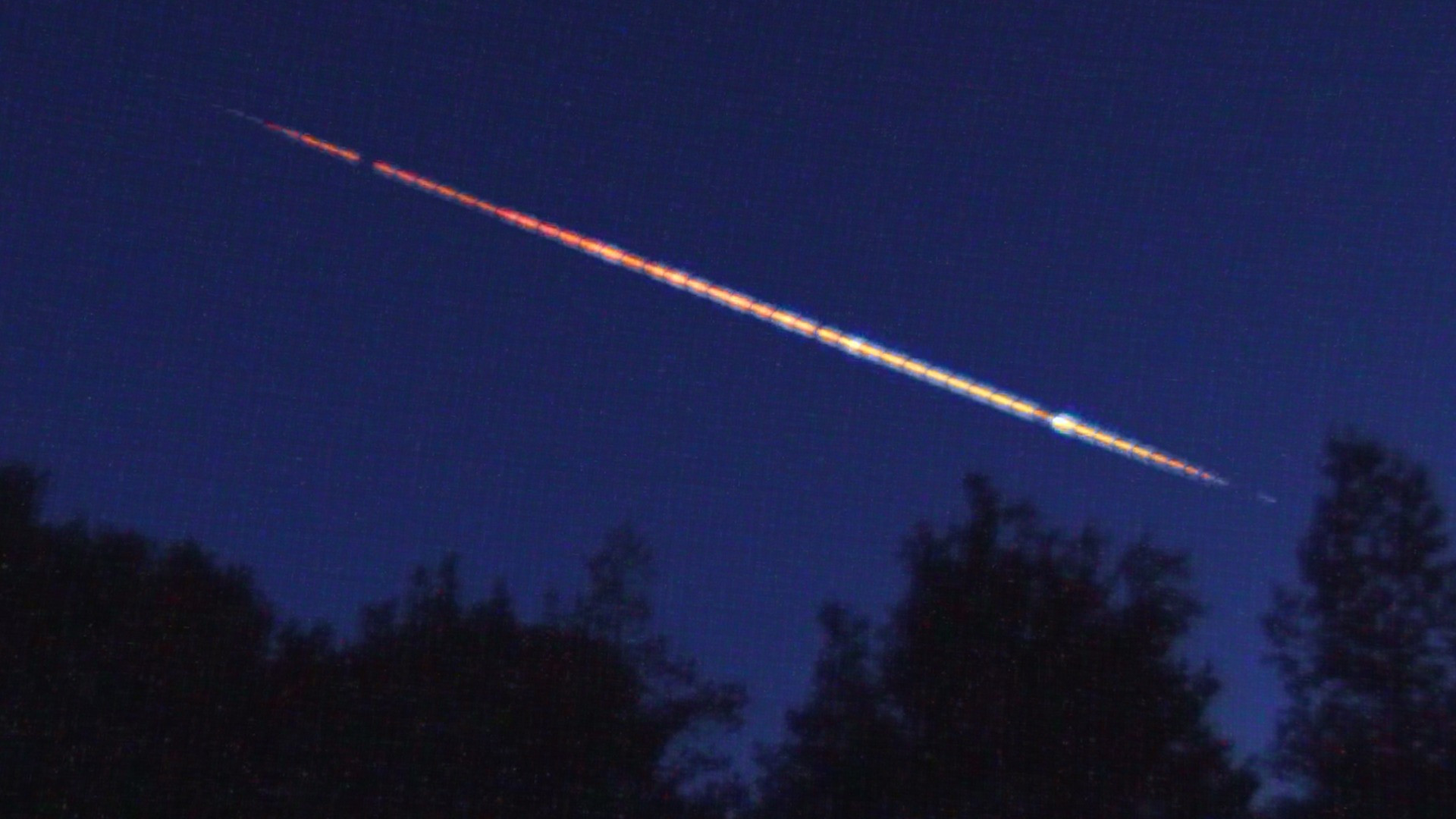
Video
It fragmented and went dark at 40 km altitude. It was less impressive from Oslo:
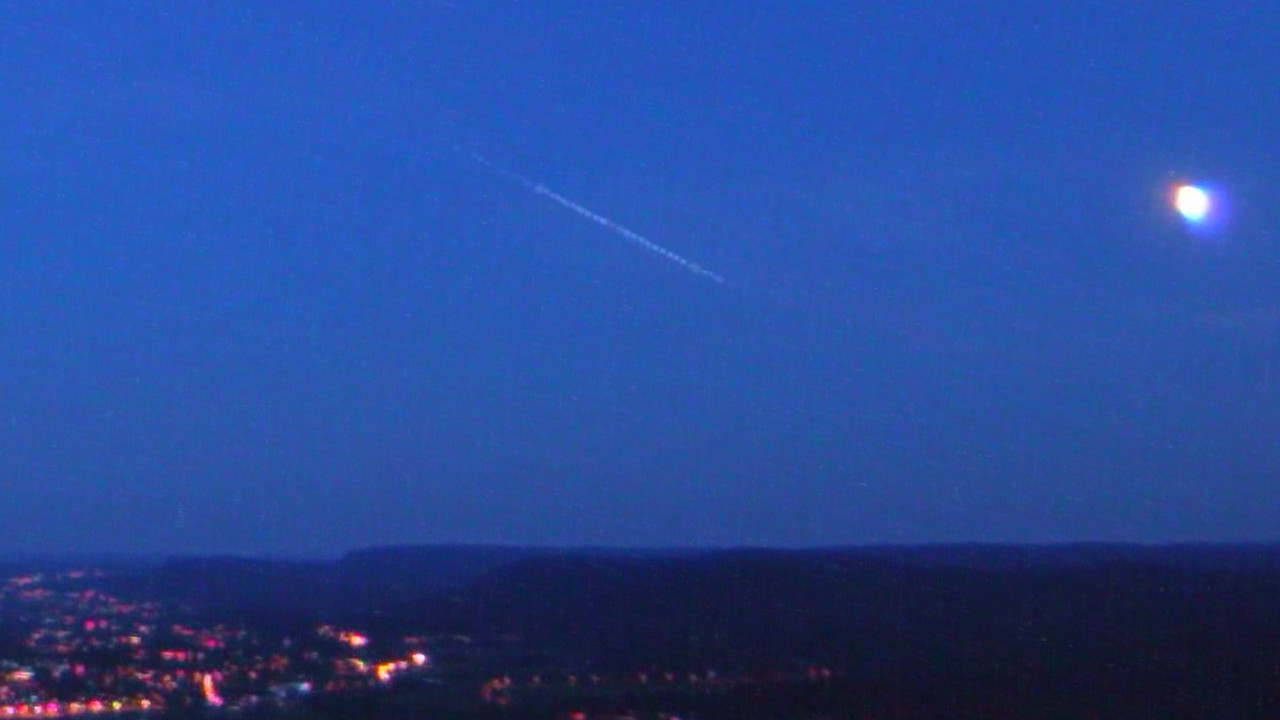
NIL DIFFICILE VOLENTI

Edited by midtskogen - Tuesday, 14.06.2016, 21:02 |
| |
| |
| Hornblower | Date: Wednesday, 29.06.2016, 14:15 | Message # 573 |
 World Builder
Group: Users
 United States
United States
Messages: 714
Status: Offline
| I don't think anyone has mentioned this, but NASA has a cool website for new astronomy pictures every day. The archive goes back to the late 1990's I think. Be sure to check it every day, there's always something cool.
Link
|
| |
| |
| spacer | Date: Monday, 04.07.2016, 11:00 | Message # 574 |
 Star Engineer
Group: Users
 Israel
Israel
Messages: 1258
Status: Offline
| i really want to get into astrophotography. and i want to ask you guys if you know.
what will give me better images results?
a 200mm telescope with tracking mount+computer remote control from computer to track any object while it moves+a telescope camera.
or a camera like antza use for his images. Canon 650D with a 18-55mm lens
i know its 2 different things but i want to know what results to expect from each one.
i guess i will get better sky and milkey way results with antza camera type but what about lets say...
some nebula. will it be better with telescope or a camera?
thanks for help! i just want to do research before i buy such things! 
"we began as wanderers, and we are wanderers still"
-carl sagan
-space engine photographer
Edited by spacer - Monday, 04.07.2016, 11:03 |
| |
| |
| Watsisname | Date: Monday, 04.07.2016, 13:40 | Message # 575 |
 Galaxy Architect
Group: Global Moderators
 United States
United States
Messages: 2613
Status: Offline
| Any photography involving the Milky Way should be done with a camera on a tripod (or tracking mount if you can buy/build one).  Generally the wider angle the lens the better, because the MW covers a lot of sky. You'll also need dark sky, far from cities or any other sources of light pollution (this is of course always true, no matter what equipment you're using). Generally the wider angle the lens the better, because the MW covers a lot of sky. You'll also need dark sky, far from cities or any other sources of light pollution (this is of course always true, no matter what equipment you're using).
For anything involving deep sky objects like galaxies and nebulae, a telescope is generally better. This is for two reasons: the objects are small, and they are faint. 200mm is a pretty good size telescope for capturing a lot of light and bringing faint deep sky objects into view. However, beware that just because it "tracks" doesn't mean you'll necessarily get good images. A lot of telescopes are mounted as alt-az (altitude-azimuth), which means to track they move in tiny increments horizontally and vertically with respect to the horizon. In long exposures at high magnification, these little steps can produce blur. Also, there will be a rotation of the entire field of view as the Earth spins, which further blurs/trails the image. To avoid this, you'll want an equatorial mount with polar alignment.
One last note is in processing technique. Regardless of what you use to capture your images, the quality of the results can depend a lot on your technique, whether you capture one image or many and stack them, and your post-processing. These are skills you can research online and practice with over time. 

|
| |
| |
| spacer | Date: Monday, 04.07.2016, 13:47 | Message # 576 |
 Star Engineer
Group: Users
 Israel
Israel
Messages: 1258
Status: Offline
| Watsisname, yeah i will probably learn it all throught the process. i start with big good telescope because if i buy smaller and then move to big its just waste of money in my opinion, and i know i will be fine with the big ones after a while :p
i see an option for a telescope with EQ Mount. the longer name of the model is:
SkyWatcher EQ5W steel Tripod GOTO (i hope its translated well to english)
and its says it can track any object and has 42000 objects in the database.
you know anything about it? 
the site has this image:
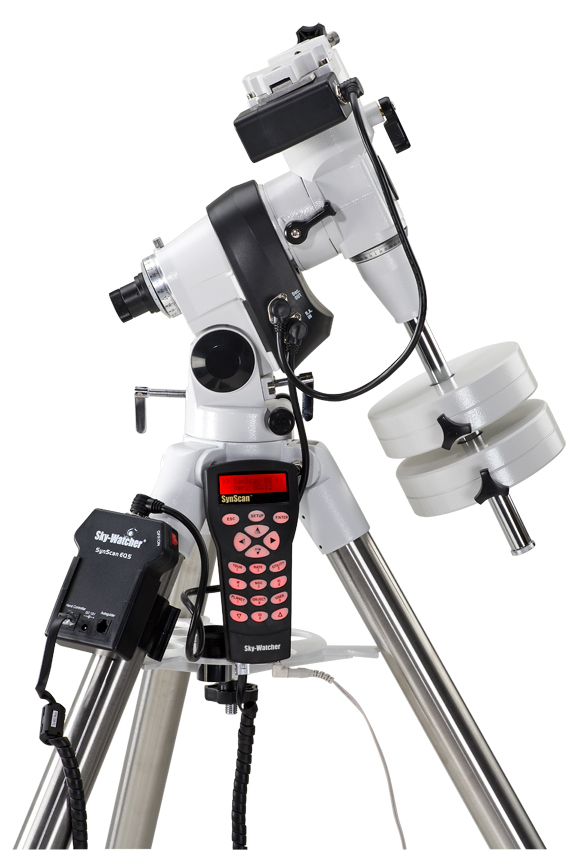
"we began as wanderers, and we are wanderers still"
-carl sagan
-space engine photographer
Edited by spacer - Monday, 04.07.2016, 13:49 |
| |
| |
| midtskogen | Date: Tuesday, 05.07.2016, 07:20 | Message # 577 |
 Star Engineer
Group: Users
 Norway
Norway
Messages: 1674
Status: Offline
| 4th July fireworks last night as seen from Oslo. This might have dropped meteorites over the Swedish west coast.
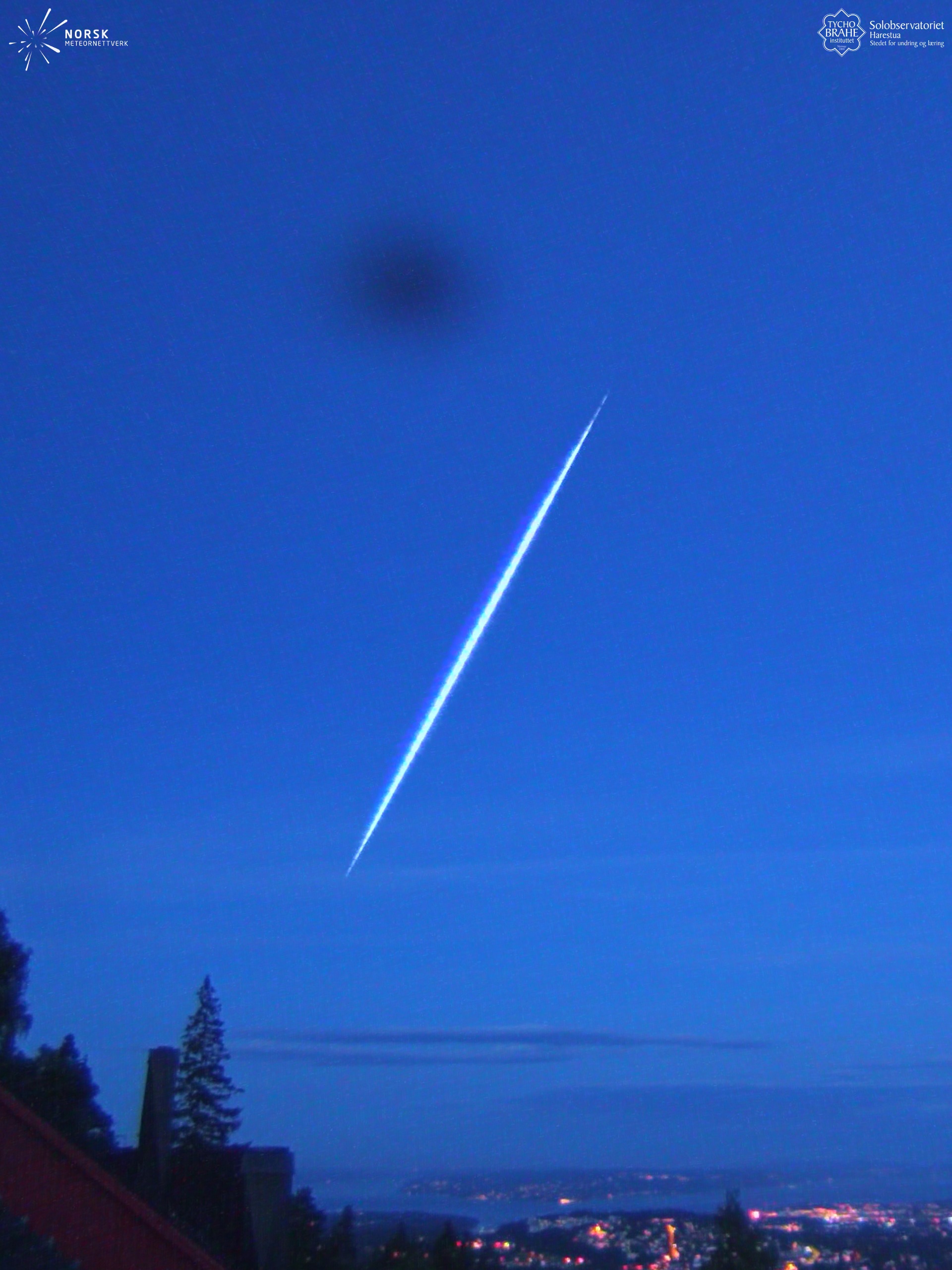
Video
NIL DIFFICILE VOLENTI

Edited by midtskogen - Tuesday, 05.07.2016, 07:21 |
| |
| |
| Hornblower | Date: Thursday, 07.07.2016, 12:35 | Message # 578 |
 World Builder
Group: Users
 United States
United States
Messages: 714
Status: Offline
| Astronomy Picture of the Day
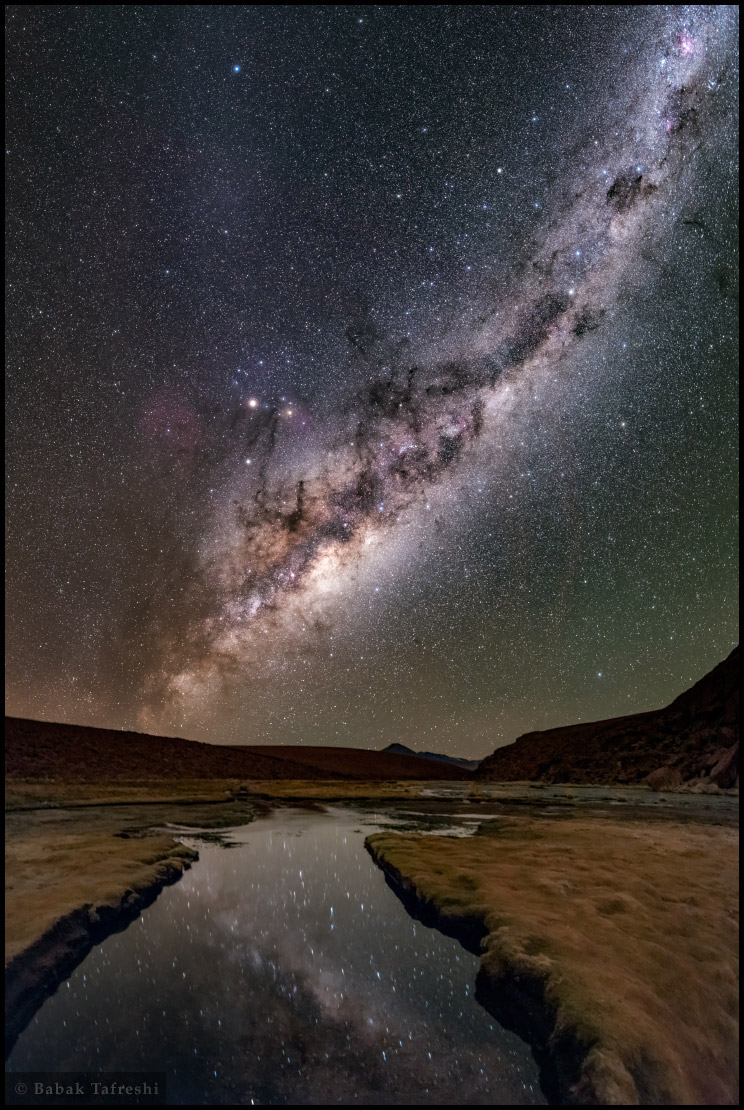
[Source]
[Astronomy Picture of the Day]
|
| |
| |
| Hornblower | Date: Friday, 22.07.2016, 14:35 | Message # 579 |
 World Builder
Group: Users
 United States
United States
Messages: 714
Status: Offline
| So many galaxies! Wow the universe is big 
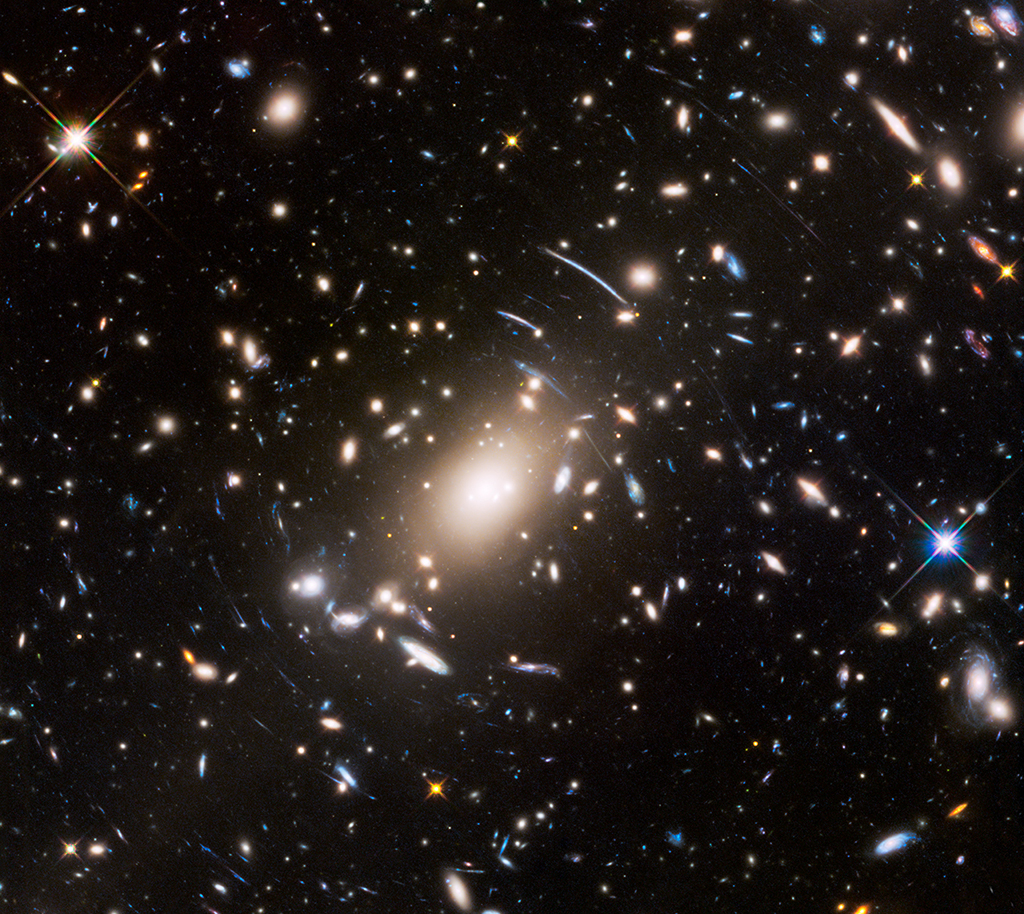
Source
Edited by Hornblower - Friday, 22.07.2016, 14:36 |
| |
| |
| Watsisname | Date: Friday, 22.07.2016, 18:15 | Message # 580 |
 Galaxy Architect
Group: Global Moderators
 United States
United States
Messages: 2613
Status: Offline
| Beautiful gravitational lens. 

|
| |
| |
| Hornblower | Date: Friday, 22.07.2016, 21:02 | Message # 581 |
 World Builder
Group: Users
 United States
United States
Messages: 714
Status: Offline
| Watsisname, I agree, but it must be a huge galaxy because you can see plenty of galaxies in front of it! What a massive universe!
|
| |
| |
| Watsisname | Date: Friday, 22.07.2016, 23:37 | Message # 582 |
 Galaxy Architect
Group: Global Moderators
 United States
United States
Messages: 2613
Status: Offline
| It is a big galaxy, but most of the galaxies are actually in the background.  The foreground galaxy is the yellowish, giant elliptical at center, with some other members of the cluster around it (the few larger galaxies throughout the frame). The gravity of the giant elliptical distorts the view of the background galaxies into thin arcs -- this is the gravitational lens, which also reveals how massive the elliptical galaxy is. About 100 trillion solar masses! (and much of this is dark matter). The foreground galaxy is the yellowish, giant elliptical at center, with some other members of the cluster around it (the few larger galaxies throughout the frame). The gravity of the giant elliptical distorts the view of the background galaxies into thin arcs -- this is the gravitational lens, which also reveals how massive the elliptical galaxy is. About 100 trillion solar masses! (and much of this is dark matter).
The distances involved here span many billions of light years. The foreground galaxy is about 4 billion light years distant. One of the lensed galaxies is 11.6 billion light years away (by light travel time), or 21.5 billion light years by co-moving distance!

|
| |
| |
| Hornblower | Date: Friday, 22.07.2016, 23:58 | Message # 583 |
 World Builder
Group: Users
 United States
United States
Messages: 714
Status: Offline
| Quote Watsisname (  ) most of the galaxies are actually in the background.
Then why are some of the galaxies not distorted here? If they were behind the galaxy, wouldn't they also get lenses. Therefore, the unaffected ones would be in the foreground (if I am not mistaken)
|
| |
| |
| Watsisname | Date: Saturday, 23.07.2016, 00:08 | Message # 584 |
 Galaxy Architect
Group: Global Moderators
 United States
United States
Messages: 2613
Status: Offline
| Most, not all.  There are many galaxies in the cluster. The big galaxies with resolved structures are foreground, while the small stuff and arcs are background. There are many galaxies in the cluster. The big galaxies with resolved structures are foreground, while the small stuff and arcs are background.

|
| |
| |
| simonecinque1992 | Date: Saturday, 23.07.2016, 13:54 | Message # 585 |
 Pioneer
Group: Users
 Italy
Italy
Messages: 470
Status: Offline
| Astronomy picture of the day 
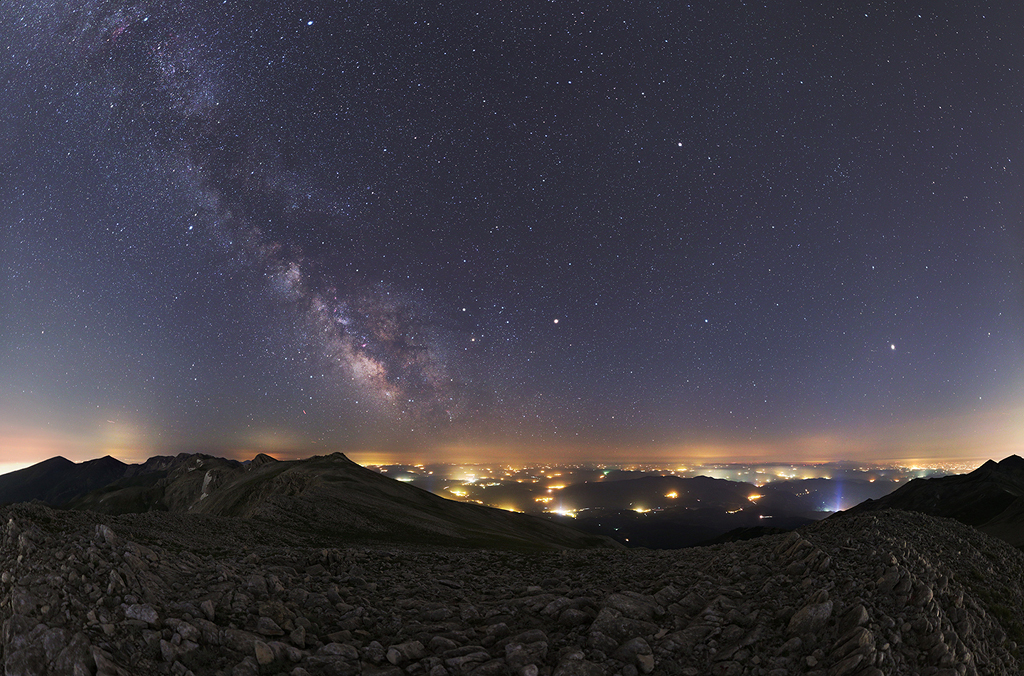
My Mods and Addons
Packard Bell
Windows 10 Pro
Intel® Celeron® CPU 1000M @ 1.80GHz 1.80 GHz
4 GB
64 bit Operative System
|
| |
| |